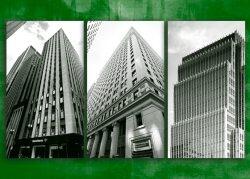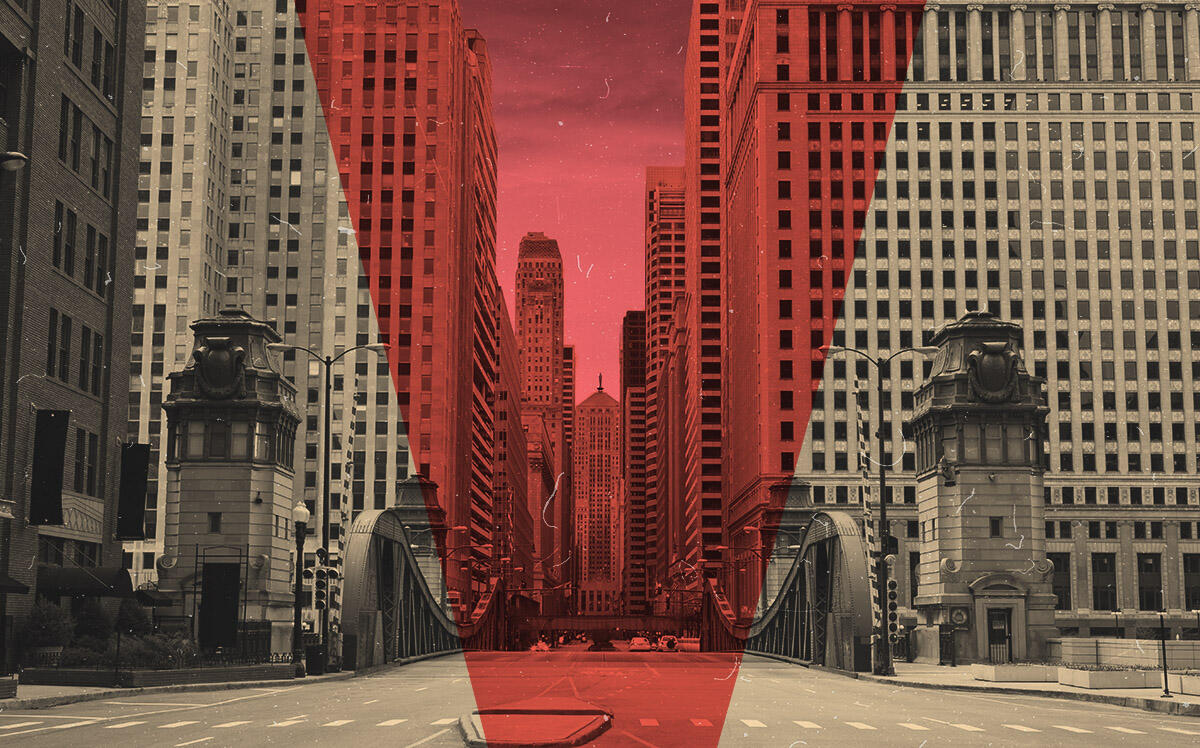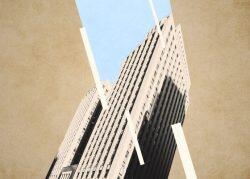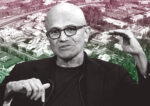 Loop office landlord defaults on the rise
Loop office landlord defaults on the rise
Trending
Chicago aims to repurpose financial offices on struggling LaSalle Street
Record office vacancies, empty ground-floor retail spur redevelopment plans

LaSalle Street in Chicago’s Loop is in a dark place.
Office vacancies hover at a record 23.5 percent and are set to grow when BMO Harris Bank leaves for its new namesake tower next to Union Station. Adding to the sense of gloom, LaSalle’s buildings are so tall that little natural light enters the urban canyon even on the brightest of days.
Now, urban planners aim to change all that. Plans unveiled this week would ban vehicles on LaSalle’s southern two blocks from Jackson Boulevard to Monroe Avenue, install lighting over the street, illuminate structures with projected displays and bring public artwork. The big idea: Create an appealing pedestrian gathering place and a cohesive retail scene to the heart of Chicago’s financial district.
“There is no question that market forces if left to themselves will revitalize the street, but we think that will have an extended duration and an uncertain and unclear outcome,” said Tom D’Arcy of developer Hines. “Neither the city nor the private sector will effectively transform this on their own.
Efforts to reinvent the stretch of LaSalle Street, where 88 percent of buildings are designated as offices, mirror challenges being faced in central business districts across the nation, where vacancies remain stubbornly high two years into the pandemic and businesses adjust to hybrid work schedules in which workers no longer expect to clock into physical offices five days a week. In San Francisco, officials are pushing affordable housing over commercial space by allowing office development more flexibility when it’s paired with new low-cost homes.
The LaSalle ideas were among recommendations unveiled this week at a panel organized by the Urban Land Institute at the request of the city and the Chicago Loop Alliance. They said developers, landlords and planners must combine office renovations with a bigger mix of residential and public uses.
Other ideas include converting portions of some properties into housing for the 63,000 students at institutions within walking distance and expanding satellite campuses onto the lower floors of buildings.
“Office vacancy rates aren’t going to substantially change for the near term, and I think we’re going to see a number of buildings repurposed,” Craig Nadbourne, a commercial broker at Bradford Allen, said in an interview. “Student housing and other residential, I think we’re going to see a wave of that again.”
Obstacles abound. Many LaSalle buildings are listed on the National Register of Historic Places or otherwise landmarked, meaning they have strict limits on how exteriors can be altered. And it won’t be enough for landlords to bring in more food and beverage tenants without a cohesive vision that minimizes competition.
One solution may be to replicate the tenant mix used to revitalize the Railway Exchange Building at 224 South Michigan Avenue, a landmarked structure that hosts retailers that center around cocktails, caffeine, dining and music in a publicly accessible area.
Other ideas include allowing public access to buildings typically reserved for office workers to showcase their impressive interior architecture. Landlords could also delegate leasing of food and beverage retailers to a master operator who would choreograph their sites to ensure businesses don’t detract from each other.
“Then they’re all able to leverage one grand vision for the area,” said panelist Paul De Santis of Chicago architecture firm Goettsch Partners.
Read more
 Loop office landlord defaults on the rise
Loop office landlord defaults on the rise
 LaSalle Street office building value plummets, leaving owner just above water
LaSalle Street office building value plummets, leaving owner just above water




